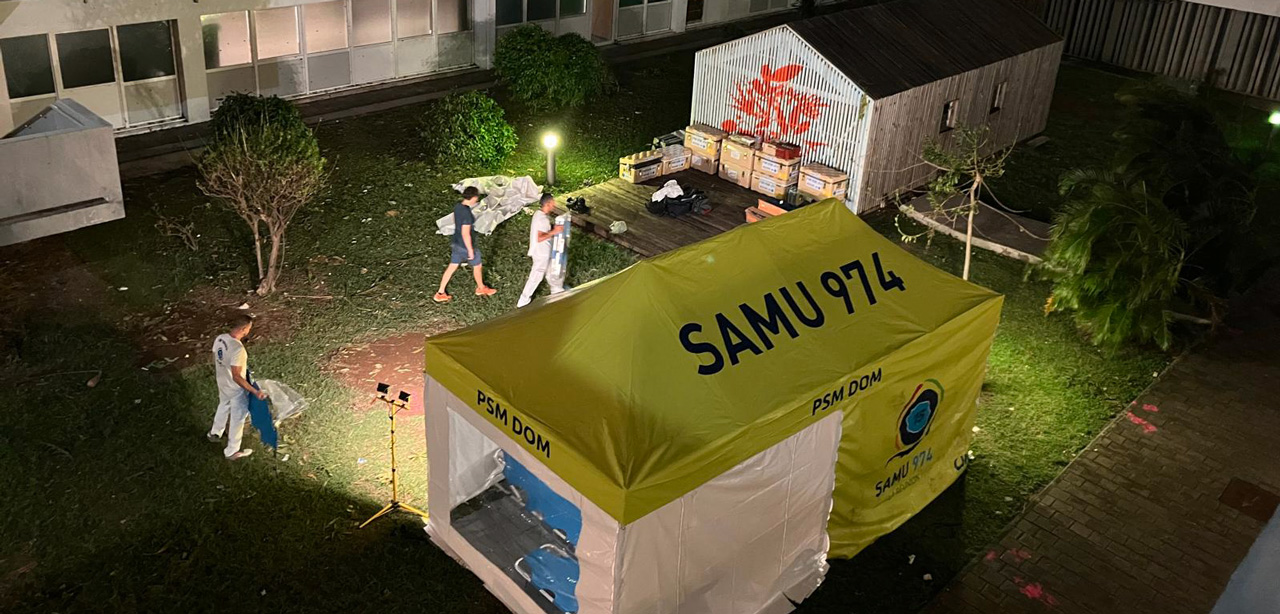INTRODUCTION: A national organized cytology-based cervical cancer screening program was launched in 2018 and rollout is ongoing. Concomitantly, the High Authority for Health (HAS) recently assessed new evidence on primary HPV testing to update screening recommendations. METHODS: The HAS commissioned systematic reviews and meta-analyses to evaluate the effectiveness of primary HPV screening; accuracy of HPV testing on self-samples; effectiveness of self-sampling to reach underscreened women; and triage strategies to manage HPV-positive women. Recommendations developed by the HAS were reviewed by a multidisciplinary group. RESULTS: Compared with cytology screening, HPV screening is more sensitive to detect precancers but less specific. In women aged ?30, if the test is negative, HPV screening greatly reduces the risk of developing precancer and cancer for at least 5 years. HPV testing, using validated PCR-based assays, is as sensitive and slightly less specific on self-samples than on clinician-taken samples. Self-sampling is more effective to reach underscreened women than sending invitations to have a specimen taken by a clinician. Two-time triage strategies ensure a sufficiently high risk if triage-positive to justify referral and low risk if triage-negative allowing release to routine screening. CONCLUSIONS: The HAS recommends three-yearly cytology screening for women aged 25-29 and HPV screening for those aged 30-65 with an extension of the screening interval to 5 years if the HPV test is negative. Self-sampling should be offered to underscreened women aged ?30. HPV-positive women should be triaged with cytology. Those with abnormal cytology should be referred for colposcopy and those with normal cytology re-tested for HPV 12 months later. Recommendations for implementation of HPV-based screening in the organized program are provided.
Auteur : Hamers Françoise F, Poullié Anne-Isabelle, Arbyn Marc
European journal of cancer prevention : the official journal of the European Cancer Prevention Organisation (ECP), 2021


